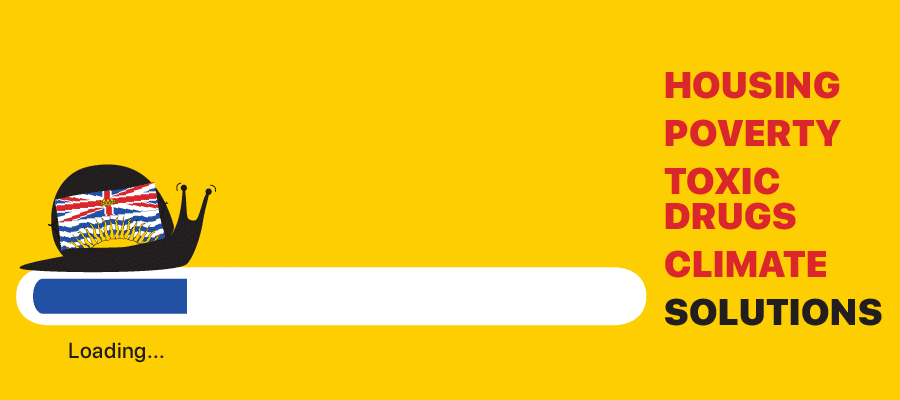Poverty and BC’s high cost of housing
BC Stats put out a release on poverty lines as they relate to BC, with an important finding: BC’s dubious position as having the highest poverty rates in Canada may in fact be worse than the statistics show. This finding is buried in the piece and the title, “Low Income Cut-Offs a Poor Measure of Poverty”, does not give much of a hint. In fact, I thought “here we go again” and sure enough the piece starts badly:
For over 40 years, Statistics Canada has produced a statistic called Low Income Cut-Offs (LICOs), and for almost as many years, that statistic has been improperly cited as a measure of poverty in Canada. This, despite the fact that Statistics Canada has continually emphasized that it is inappropriate to equate LICOs with poverty lines.
This type of statement has bugged me for years. How can a statistical agency develop a measure of poverty, call it “low income”, and then have the audacity to point the finger at anyone who dares call it a poverty line. The logical retort is to ask them why they do not then develop a “real” poverty line. Statscan’s position is something like, you cannot talk about the numbers of people who are poor because we refuse to measure them.
But the piece gets better. The author reviews a simplified methodology of how the LICOs are calculated and how that can be influenced by how well-off people are at different points in time. That is, overall, people today spend a lot less of their income on the basics, and the LICOs are just an arbitrary cut-off relative to that amount. This is an important point, although other attempts to measure poverty don’t really change the percentages that much.
The punchline goes like this:
Based on LICOs, British Columbia had the highest incidence of low income in the country in 2007, but these LICOs are based on national expenditure figures. … To see how this can be problematic, one need look no further than the difference in the price of housing by province. British Columbia has by far the highest housing prices, on average, in the country. In 2008, the average house price in BC was almost 50% higher than the Canadian average. The problem is exacerbated even further when urban areas are compared. … While the difference in rents are not quite as dramatic, they are still significantly higher in Vancouver compared to most other cities with greater than 500,000 population across the country. Given that the cost of shelter comprises by far the largest portion of spending on food, shelter and clothing, this renders LICOs a dubious means of regional comparison, let alone as a measure of poverty.
I’m not sure I agree with that last clause, since the costs of food and clothing are not much different across the country. If housing is what matters, my takeaway from that discussion is that BC’s poverty problem must be even worse because of our high costs of housing. The author may really just be making a methodological point that provincial numbers should be based on provincial not national data.
This precipitates a general question about “what is poverty?” that inevitably leads to absolute measures based on minimum consumption of necessities. The author makes a pitch for the Market-Basket Measure (developed outside of Statscan by the federal department of Human Resources Development) although this one too holds up the finding that BC has the highest poverty rate in the country.
The MBM is indeed a useful measure, but it would be a loss not to consider relative position in society as an aspect of poverty. In fact, the grandfather of economics, Adam Smith, clearly argues for a relative definition of poverty: “By necessaries I understand not only the commodities which are indispensably necessary for the support of life, but what ever the customs of the country renders it indecent for creditable people, even the lowest order, to be without.”
Adam Smith, it should be noted, was not a right-wing ideologue. He would not have worn the Fraser Institute’s “Adam Smith tie”, which is sort of a burkha for free market fundamentalists. The Fraser, it should be noted, is in the shadows of this discussion, having promoted a “thin gruel” absolute measure of poverty for many years. The development of the MBM was a response to them, and after all of that effort, poverty based on the MBM is not much different than based on the much-maligned LICO.
Topics: Housing & homelessness, Poverty, inequality & welfare


